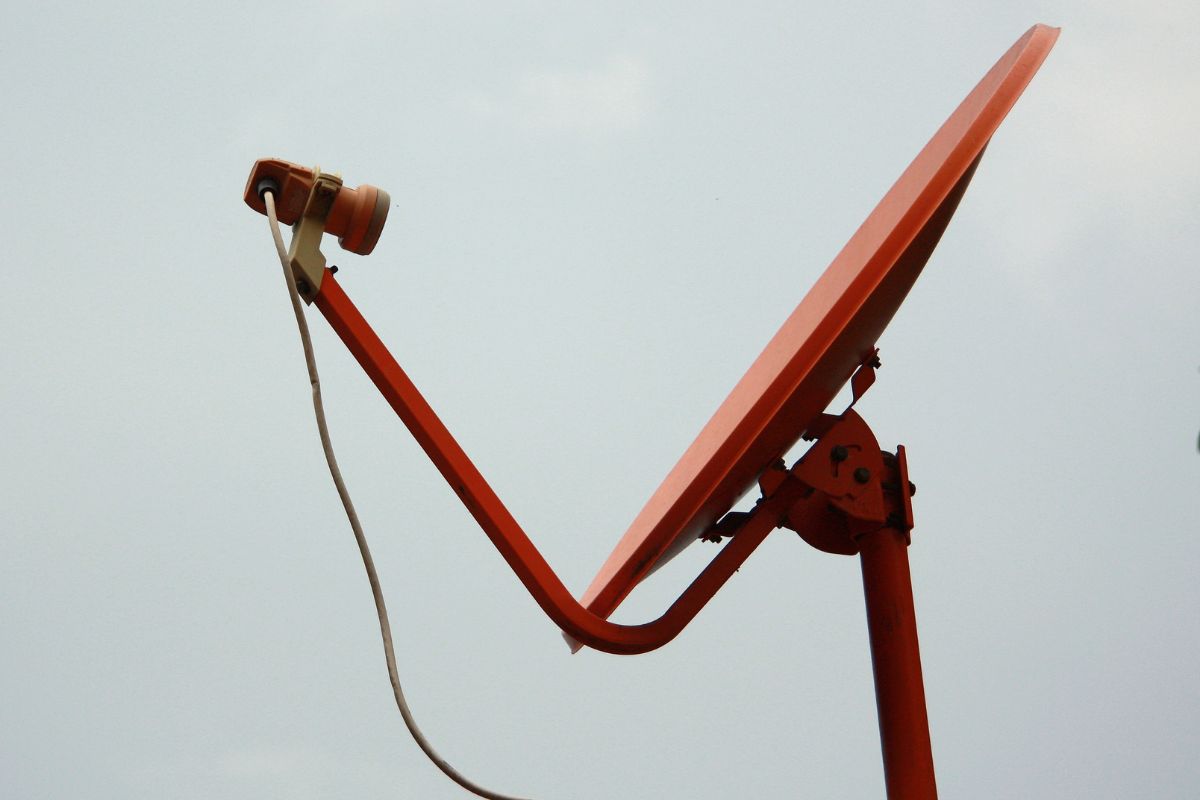The Telecom Regulatory Authority of India (TRAI) introduced the New Tariff Order back in 2020; however, at the time, the regulator was very optimistic about it. So, were the subscribers of DTH services were as well. After all, as the regulator, the responsibility that rests with TRAI is to protect the consumer interests. During the time, the most positive point about the NTO was its ability to let the consumers choose the channels that they want to watch and nothing else. The subscribers finally had the freedom to pay only for the channels that they wanted. However, on the flip side, many surveys and observations revealed that the NTO did not only bring choice to the customers, but it also brought havoc on their bills which increased by quite a margin. Now, more than a year later from the last update, it’s quite possible that the nightmare of TRAI NTO might be worsening for some of the subscribers.
The National Tariff Order in Brief
The first thing to note about the National Tariff Order from TRAI is that it makes a split between the cable operator and broadcaster, wherein the DTH operators are paid for carrying the channels and providing the bandwidth for the same using their satellites and set-ups. Whereas the broadcasters are paid for the channels depending on the number of subscribers they get. From a bird’s eye view, this arrangement seems very convenient. However, the trouble begins to surface when the customers realise that they have to purchase the channel capacity from the cable or DTH operators at premium costs, most of the time which is fixed at the maximum allowed, i.e. Rs 130 per month for 100 channels.
The Grim Evolution of the NTO
On top of it, the regulator has mandated that the subscribers will have no option to remove the 26 mandatory channels. To recall, this figure used to be 25. Now, the subscribers are left only with the option of adding 74 channels of their choice in the base NCF pack of Rs 130. If their channel choice count goes beyond this figure, they would have to pay for 200 channel capacity, with an additional amount which ranges from Rs 50 to Rs 100, even if it’s a single channel that they want to add on top of their total 100 channels. In the latest HC ruling, the bench struck down a part of the order for being arbitrary, which now gives more freedom to the broadcasters to price their channel. This only means that the bouquets will cost cheaper than the a-la-carte channels. But, getting a bouquet instead of a single channel means paying for some unnecessary channels as well, which would take up more channel capacity. The customers really face a dilemma in this regard. In this situation, the subscribers cannot help but feel pinched between the increasing mandatory channels, the highly pegged NCF fee, and the price rise of bouquets and channels. Already, the subscribers were paying almost 40% more as compared to the previous regime. Now, this evolution of the TRAI Tariff Order paints a grim picture of how the DTH bill payments would look like a few months from now.
